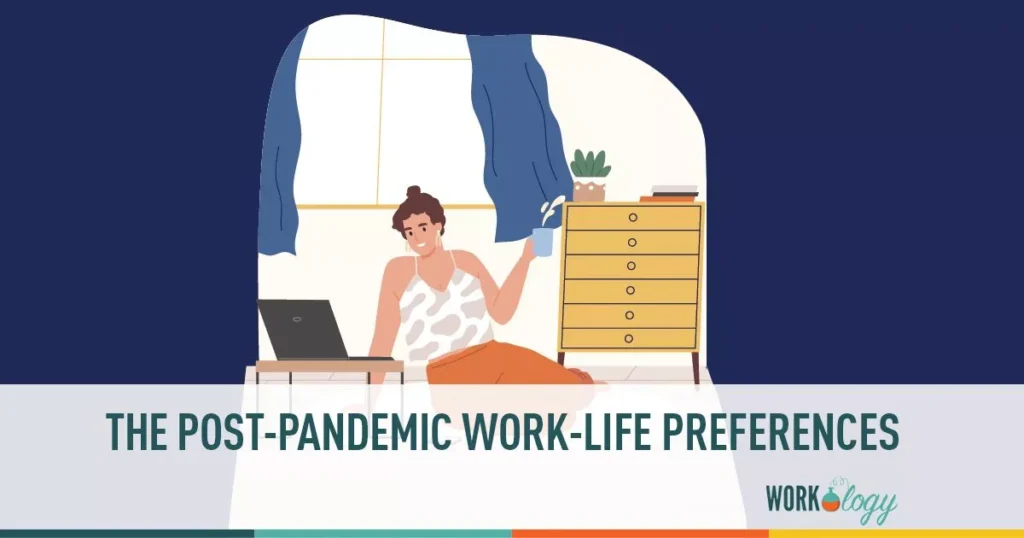What’s your work-from-home habitat? Have you carved out a little office nook? Or maybe claimed a corner of the kitchen table as your own? Regardless of how you work remotely, you may have become accustomed to work-from-home life, but you aren’t sure you want to remain in your current home.
The Post-Pandemic Work-Life Preferences
As companies bring employees “back to office” or relax their remote work policy permanently, how has the past years working environment changed your opinions on where you live, where you want to live, and what’s important to you for work-life balance?
Methodology
To get a sense of how work environments across the country have changed and what the future of remote work may be, our team conducted a survey of over 1,100 people.
Read on for our insights into remote work trends, dream locales from which to work remotely, and more!
The Pandemic’s Impact on Workspaces
Not surprisingly, since the beginning of the pandemic, 82% of employees have experienced a workplace change. For this majority group, extended periods of remote work prompted planning for a future of permanent remote work. Nearly a third of employees have already made the transition to full-time remote work beyond the pandemic. Another 8.5% of employees have employers initiating a permanent transition to full-time remote work.
Another third of respondents have explored full-time remote work with their employer, yet have no decision or have been denied the requested change.
While employers are figuring out how to reset the balance between full-time in-office and full-time remote, we wanted to see just how strongly people felt about their remote work preferences, we asked if they’d be willing to take a pay cut to continue working remotely. A majority of respondents, 66%, said they would agree to take a paycut if they could work remotely in any place of their choosing.
Remote Work: Not Just for the Home Office
Many of us have relocated for a new job opportunity or closer proximity to our workplace, but the rise of full-time or long-term remote work may mean we don’t have to choose between a dream job and a dream location. With the onset of full-time remote work along with the shifts in schooling, child care, elder care and more has put everyone’s life choices under a microscope. Do I need to live in the city close to an office I don’t go into? Do I want more land or space for my kids to play outside in our own yard? Moving to a better school district saves money on private school costs, even if I have to commute longer one or two days a week.
So, where would people choose to work if given the option?
About 75% of people working remotely in the long term would consider moving from their current city to somewhere else in the country or world. 40.7% of people would be willing to move to a different city that is less than three hours away from their current home. While nationally, each region of the United States had an even percentage of respondents who would consider relocating there for remote work, only 18.2% of respondents would choose to live in North America if given the opportunity to live elsewhere in the world. Globally, most respondents would choose to live in Europe (28.7%).
When asked what factors would motivate post-pandemic moves for remote workers, 64% of respondents selected the promise of more affordable costs of living in a different place. Other top motivators were better weather, proximity to family, and proximity to outlets for hobbies, like sports and other recreation.
Click here to download the full report containing survey data on international relocation, employer support of self-initiated relocation requests, remote work productivity and more.











